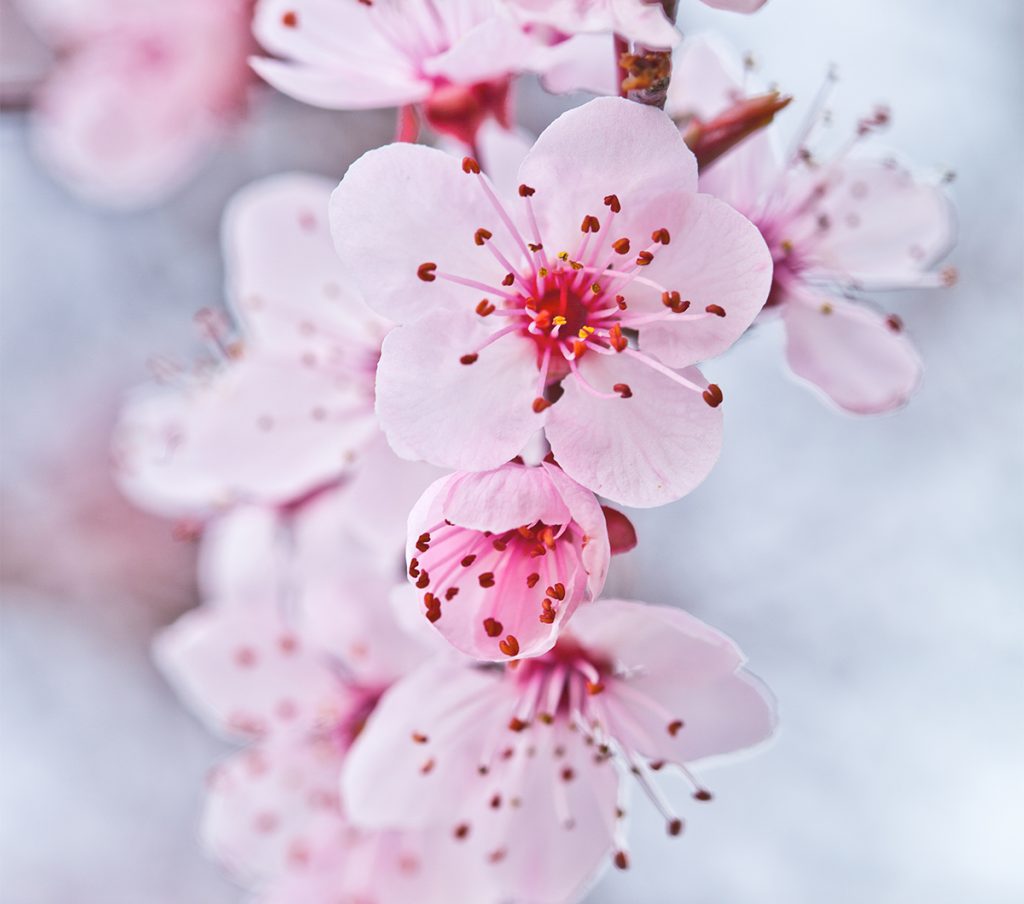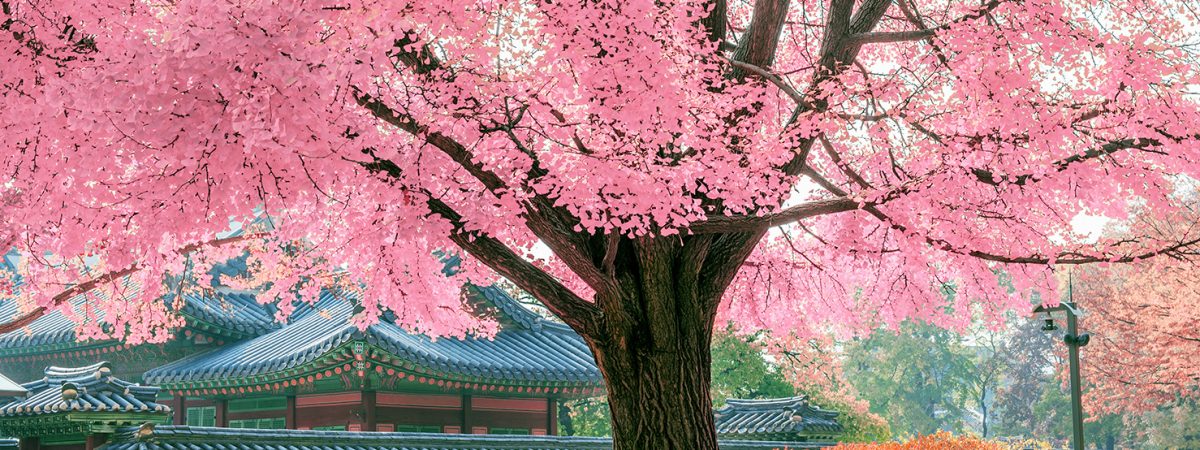The sights of elegant, graceful, yet so dreamy and delightful Japanese cherries in bloom is a sight to behold. In Japanese culture these cherry blossoms symbolize renewal, the passing of time, fleeting beauty which is to be appreciated in the two weeks their allure is at its peak.
But it is worth it. As soon as spring arrives and their wonderful pink blossoms appear, everyone wants to have one of these in their garden – and many do so!
If you belong to the aforementioned group, here are some guidelines relating to the meaning and different types of Japanese cherries!
What are Japanese cherries?

Japanese cherries are a general taxonomical name for a complex plant group.
The most popular species in this group are Prunus subhirtella or hanging cherries, Prunus yedoensis, Yoshino or Tokyo cherries, Prunus serrulata, Sato Zakura or garden cherries.
They are mostly smaller, deciduous trees from the Rosaceae family that reach 8 to 12 m in height.
Japanese cherries are versatile, but something they all have in common is a splendid spring flowering season that attracts enormous attention. While in bloom, Japanese cherries spark inspiration and admiration in human hearts even far from Japan.
A festival that celebrates the flower
Japan’s festivals during the flowering season are popular among tourists. The spotlight of these gatherings are the blossoming flowers, particularly those of cherry trees, which represent a symbol of new beginnings and the passage of time. The flowering cherry trees, known as Sakura, encourage people to appreciate the present moment by observing a flower, cherishing its temporary beauty and honouring the natural cycle of constant change – a tradition which is called hanami in Japan.
Prunus yedoensis ‘ Somei Yoshino’ is Japan’s most famous Yoshino cherry, boasting simply-formed and stunning white flowers, consisting of five petals, which prove that simplicity truly is the ultimate sophistication.
Constructing fascinating and eye-catching floral displays, especially when planted in groups or in rows, it comes as no surprise that this cherry is a symbol of Japan, with its citizens viewing them as bearers of good fortune.
Many wild cherry species exist, like Prunus campanulata, Prunus incisa, or Prunus pendula, which are specific to the country’s mountain area.
Garden Japanese cherries

Japanese cherries are also famous in gardens far away from Japan. A widespread and versatile group are Prunus serrulata or garden cherries. They are essential to ornamental horticulture, especially in Europe and the USA, with cities such as Bonn, Stockholm, Washington and New York being distinguished for their Japanese cherry alleys.
One of the reasons for their popularity is the sheer simplicity of cultivation – garden cherries can withstand winter temperatures and city conditions without causing allergies or producing unwanted plant material.
Selection of cultivars
The Prunus serrulata ‘Kanzan’ tree has a unique shape resembling a champagne glass. Named after an ancient Japanese poem that describes a mountain peak with a view of its origin, this tree is highly resistant to diseases and air pollution and boasts smooth bark, green foliage and stunning pink blossoms. A cultivar called Royal Burgundy also exists, featuring darker leaves that evoke the images of deep burgundy wine.
Prunus serrulata ‘ Kikuzakura’ is another cultivar with pink flowers, but boasting more than one hundred petals, making it a truly fascinating specimen. Its name, meaning “chrysanthemum-like,” is fitting due to its pendant branches, which have earned it the nickname “willow cherry.” The ‘Fugenzo’ cherry, a beloved classic, has pink flowers and stems resembling a crown. Another popular option is the Prunus serrulata ‘Ichiyo,’ which is renowned for its use in producing a traditional beverage from its petals. Lastly, the Prunus serrulata ‘Ukon’ stands out with its unique yellowish petal colour.
Still not sure how to introduce these amazing trees into your garden or green area? Contact us – we are always glad to help!




